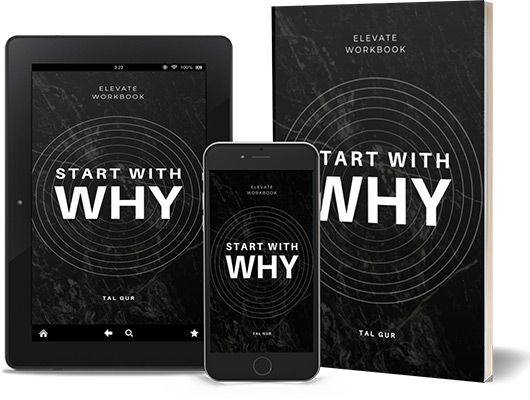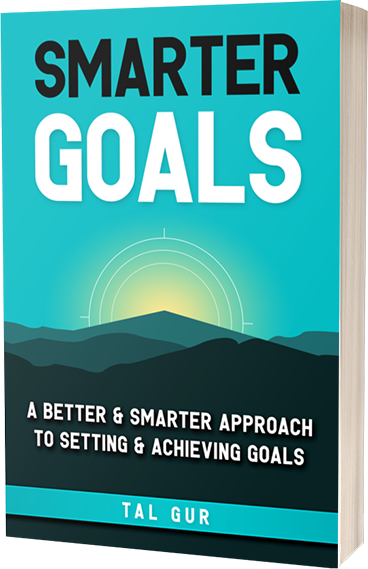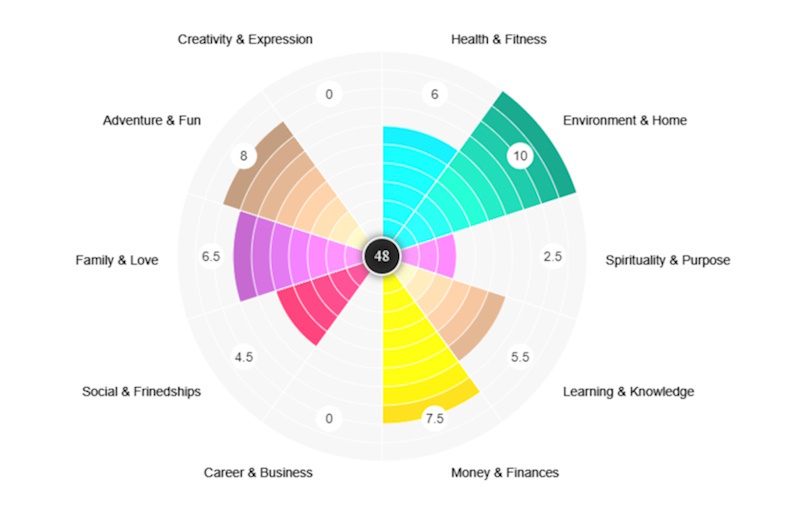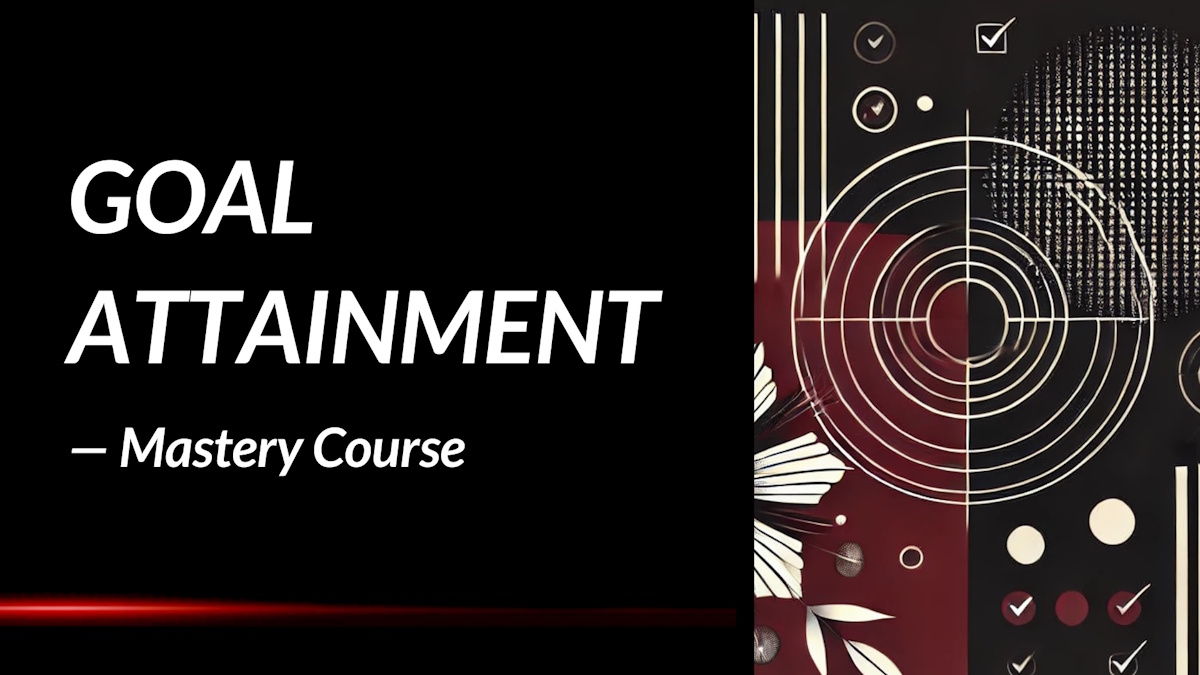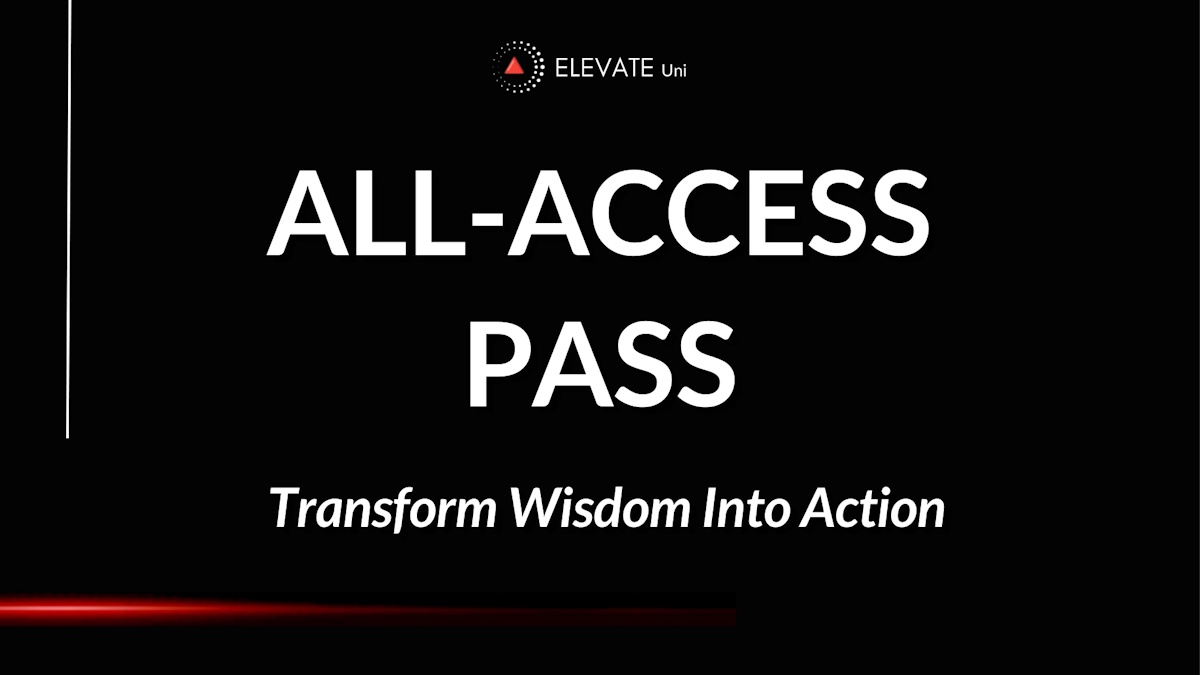Running in Slippers: Summary Review
What if the most profound healing comes not from running away from our pain, but by walking straight through it—slippers and all? In Running in Slippers, Angie Hawkins invites us into her world with raw honesty and unexpected humor, offering a memoir that feels like a heart-to-heart with a close friend navigating the chaos of life.
What is the Book About?
Running in Slippers is a candid and humorous memoir chronicling Angie Hawkins' journey through personal upheaval. After experiencing the collapse of a significant relationship and the death of her father, Hawkins finds herself in a state of despair. The book delves into her struggles with grief, identity, and the search for meaning amidst life's unpredictability. Through a series of personal anecdotes, she shares the complexities of her emotions and the challenges of rebuilding her life from the ground up.
The memoir is not just a tale of sorrow but also one of resilience and self-discovery. Hawkins uses wit and introspection to navigate her path, offering readers a glimpse into her process of healing and growth. Her narrative is a testament to the human spirit's capacity to endure and find joy even in the most trying circumstances.
Book Details
Print length: 230 pages
Language: English
Publication date: November 1, 2023
Genre: Memoir / Personal Growth
Book Author
Core Theme
At its heart, Running in Slippers explores the theme of personal transformation through adversity. Hawkins delves into the intricacies of grief, the process of healing, and the journey toward self-acceptance. Her story emphasizes that growth often stems from our most challenging experiences and that embracing vulnerability can lead to profound personal insights.
The memoir also highlights the importance of humor and perspective in coping with life's hardships. Hawkins' ability to find levity amidst sorrow serves as a reminder that laughter can be a powerful tool for healing. Her narrative encourages readers to confront their own struggles with honesty and to find strength in their unique journeys.
Main Lessons
A few impactful summary lessons from Running in Slippers:
1. Vulnerability is the bridge to connection
Throughout Running in Slippers, Angie Hawkins lays bare her most personal thoughts and insecurities, revealing the messy truths we often conceal. Her unfiltered storytelling, which reads like an intimate journal, invites readers to step into the hidden corners of her life. This emotional honesty fosters a deep sense of relatability, showing that when we dare to be vulnerable, we not only free ourselves but also create space for others to see themselves in our story. True connection isn’t formed through perfection—it blossoms in the messy, human spaces where we admit our struggles and let others witness our scars.
2. Growth comes from embracing the imperfect path
The journey Angie shares is not a straight line toward triumph but a chaotic dance filled with highs and lows, mistakes and redemptions. Her story reminds us that progress rarely looks clean or predictable, and real transformation often comes from sitting in discomfort long enough to learn from it. Life, as she tells it, is less about reaching flawless milestones and more about developing the grit to keep walking even when we’re unsure of the direction. This lesson teaches us to stop idolizing perfection and instead embrace the bumpy road that makes us wiser and more whole.
3. Taking chances is how you rediscover yourself
A central theme in the book is the courage to leap—into new friendships, unfamiliar places, love, and even uncertainty itself. Angie takes us on a rollercoaster of risks, sometimes rewarded, sometimes painful, but always transformative. She illustrates that the willingness to step outside our comfort zones is often the only way to reclaim parts of ourselves we’ve buried under fear or resignation. Each risk she takes, even the ones that don’t pan out, becomes a stepping stone to greater self-understanding. The story urges us to stop waiting for the perfect moment and instead use the messy ones to rewrite our lives.
4. Family ties do not guarantee closeness
In a particularly resonant part of her memoir, Angie reflects on the growing emotional distance between herself and some family members. Her words capture the quiet ache of being connected by blood but feeling worlds apart in spirit. She reminds us that familial closeness isn’t automatic—it requires understanding, vulnerability, and the effort to truly know one another beyond roles and expectations. This candid observation gives readers permission to grieve these emotional voids while also recognizing that chosen families—those who see and accept our evolving selves—can be just as sacred.
5. Real strength lies in confronting your truths
Rather than shy away from the parts of her story that reveal shame, regret, or pain, Angie leans into them with astonishing bravery. She doesn’t try to paint herself in a perfect light but instead uses her narrative to reflect the many selves she’s had to face. Her courage to acknowledge past choices, even when they hurt, becomes a mirror for the reader to do the same. It’s a powerful reminder that strength isn’t about hiding weakness; it’s about meeting it head-on and deciding to grow anyway. This level of emotional honesty becomes both a call to action and a balm for readers seeking their own liberation.
6. Laughter and heartbreak often walk hand in hand
Angie’s storytelling is sprinkled with humor even in the midst of heavy chapters, which makes the emotional impact of her journey all the more profound. Whether she’s recounting awkward encounters or diving into deeper grief, she brings a voice that finds levity without losing sincerity. Life’s most difficult seasons are rarely one-note, and her ability to laugh while healing shows that even amid brokenness, joy is still accessible. This blending of tones teaches us that emotional duality isn’t a contradiction—it’s the human experience in full color.
7. Self-love is a process of returning to yourself
The book illustrates a slow and honest journey toward self-love, not as a destination but as a daily practice. Angie doesn’t claim to have it all figured out; instead, she shows the real-time work of learning to accept her story, her flaws, and her evolving identity. Her moments of self-recognition—where she chooses herself over people-pleasing, healing over avoidance—become turning points in her narrative. In sharing these steps, she offers a model for readers to follow, not through grand declarations but through quiet choices that rebuild a sense of worth piece by piece.
8. Honesty has the power to liberate others
By choosing to write with such rawness and truth, Angie doesn’t just tell her own story—she opens a door for others to confront theirs. Her fearless vulnerability makes the reader feel seen, understood, and less alone. As she reveals the messy details of her pain and resilience, she communicates a message that healing doesn’t require perfection, only truth. That kind of honesty can be contagious, giving others the courage to stop hiding and start owning their stories too. In doing so, she reaffirms that storytelling, when done bravely, is an act of collective freedom.
9. Emotional connection is stronger than polished prose
Many readers describe Running in Slippers as reading a long, heartfelt phone call or a personal journal. What makes it so memorable is not elaborate structure or literary flourish but the emotional resonance of her voice. Angie’s ability to write the way she speaks draws readers into a world that feels intimate and unfiltered. It shows us that the power of a story lies not in how refined it sounds but in how deeply it makes us feel. This lesson encourages aspiring storytellers to focus less on polish and more on presence, trusting that authenticity will always outshine artifice.
10. The little things carry the greatest healing
In her reflections, Angie finds comfort and strength not in grand resolutions but in the small, steady joys that life offers—laughter with friends, quiet moments of clarity, acts of self-compassion. These seemingly minor moments become the glue that holds her together through chaos. Her story reminds us that healing is often not a dramatic overhaul but a series of soft victories: getting out of bed, telling the truth, forgiving yourself, choosing hope. It’s a beautiful takeaway that life’s truest redemption is stitched into the everyday choices we make to keep going.
Key Takeaways
Key summary takeaways from the book:
- Embracing vulnerability is essential for personal growth and healing.
- Grief and loss are universal experiences that can lead to profound self-discovery.
- Humor can serve as a vital coping mechanism during difficult times.
- Authenticity in storytelling fosters deep connections with readers.
- Resilience is built through facing challenges head-on and finding meaning in adversity.
Book Strengths
The book's strength lies in its authentic voice and the author's ability to weave humor into narratives of hardship. Hawkins' storytelling is both relatable and poignant, offering readers a sense of companionship in their own struggles. Her candid approach to discussing personal challenges provides a refreshing perspective that is both comforting and inspiring.
Who This Book Is For
This memoir is ideal for readers who appreciate honest and heartfelt narratives about personal growth. Individuals navigating their own journeys through grief, loss, or significant life changes will find solace and encouragement in Hawkins' story. It's also suited for those who value the therapeutic power of storytelling and the healing potential of humor.
Why Should You Read This Book?
Reading Running in Slippers offers an opportunity to witness the transformative power of resilience and the importance of embracing one's authentic self. Hawkins' journey serves as a beacon for those seeking hope and understanding in the aftermath of personal turmoil. Her ability to find light in darkness makes this memoir a compelling read for anyone looking to navigate their own path toward healing.
Concluding Thoughts.
Running in Slippers stands as a testament to the human capacity for endurance and the pursuit of joy amidst adversity. Angie Hawkins' narrative is a heartfelt exploration of life's complexities, offering readers a mirror to their own experiences and the reassurance that they are not alone in their struggles.
Through her candid storytelling and infusion of humor, Hawkins provides a roadmap for finding strength in vulnerability and embracing the journey of self-discovery. Her memoir is not just a story of personal triumph but an invitation for readers to embark on their own paths toward healing and fulfillment.
→ Get the book on Amazon or discover more via the author's website or social channels.
* The publisher and editor of this summary review made every effort to maintain information accuracy, including any published quotes, lessons, takeaways, or summary notes.
Chief Editor
 Tal Gur is an author, founder, and impact-driven entrepreneur at heart. After trading his daily grind for a life of his own daring design, he spent a decade pursuing 100 major life goals around the globe. His journey and most recent book, The Art of Fully Living, has led him to found Elevate Society.
Tal Gur is an author, founder, and impact-driven entrepreneur at heart. After trading his daily grind for a life of his own daring design, he spent a decade pursuing 100 major life goals around the globe. His journey and most recent book, The Art of Fully Living, has led him to found Elevate Society.



